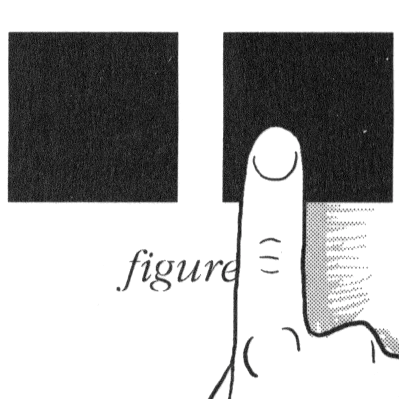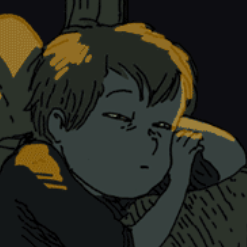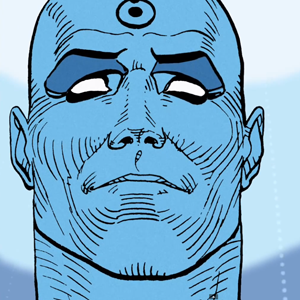Latest Updates

A comic on a screen is a curious and confounding thing, but after years of experimentation, tropes and techniques are beginning to emerge that go beyond imitative aspirations to embrace the medium for what it is.

A GIF-animated webcomic by French cartoonist Boulet is a wonderful example of how time in digital comics can be both serial and parallel.

Originally written in 2009 and posted here for the first time, thoughts on what we want our digital comics to do for us and why hybridization can be good even if we don't like its immediate results.